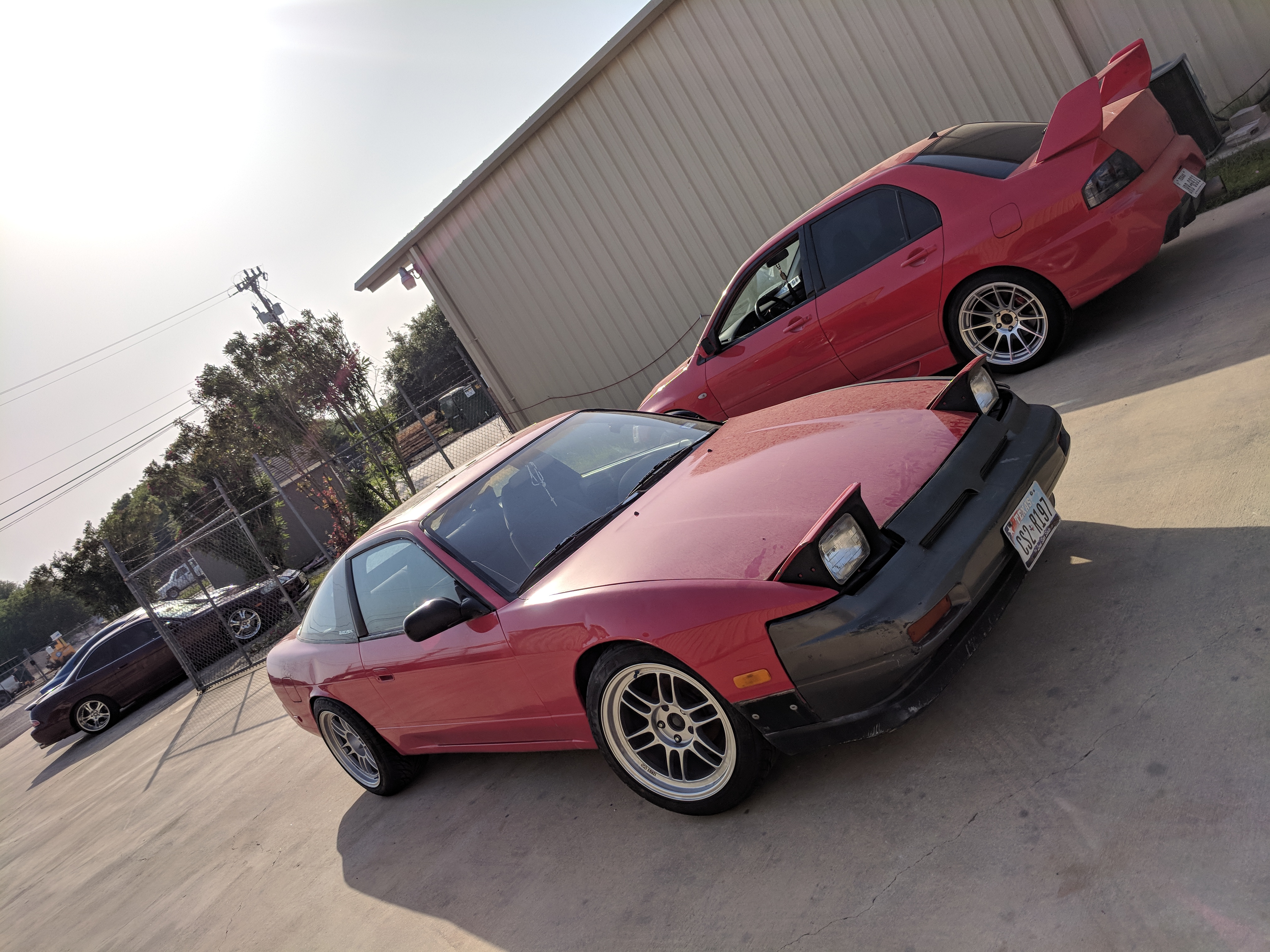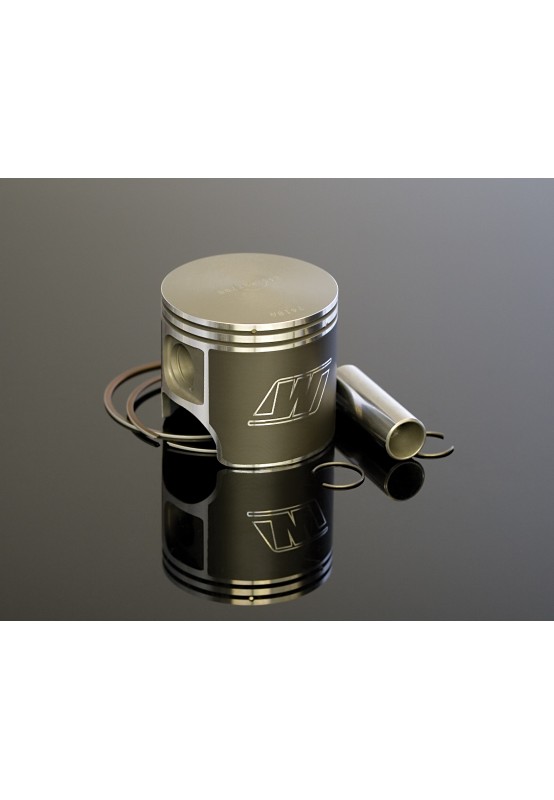
On a downshift, engine revs don’t need to fall, they actually need to rise. You may hear of a quickshifter that also manages downshifts called “autoblippers,” and there’s good reason for that. Not all quickshifters are capable of managing downshifts, because the process is a bit different. Now, of course, the other half of the equation is the downshift. Many factory units use a mechanical switch preloaded with a spring at the time of this writing, but switches built with stationary strain gauges exist, which preserves natural shifter feel if the spring thing ain’t for you. (Most common add-on setups run in-line with the shift rod.) The transducer senses a change in pressure on the shifter or linkage, initiating the power interruption for the gear change. The timing for the interruption is usually provided by a transducer mounted somewhere on the shifter or linkage. This DynoJet quickshifter transducer senses both pressure and tension on the shift rod. However, cutting fuel is the preferred method for a variety of reasons, most of which have to do with the negative impact of sending unburned fuel through the engine and catalytic converter, so it’s usually the go-to approach for fuel-injected machines. On carbureted motorcycles, cutting fuel is not practical, so spark cut is the most practical method of interrupting engine power. Normally this is done by cutting spark or fuel to the engine momentarily. To cut down the time, though, racers and street demons have long performed the clutchless upshift, which involves rolling off the throttle momentarily to unload the drivetrain, selecting the next gear, and then getting back on the gas.Ī quickshifter that assists on the upshift eliminates the needed motion of the throttle.

It takes a long time to type, a long time to read, and a long time to understand, but if you are reading this article, you likely have done it more than once, and you know it’s a pretty quick operation. The rider then flicks the shifter to select the next gear, recouples the drivetrain to the engine by releasing the clutch lever, and finally reapplies the throttle. Engine revs fall, and once there is no longer power flowing through the transmission, the gears within it are unloaded, permitting the shift dogs to release the gear combo being used. Then the rider actuates the clutch lever to decouple the drivetrain from the engine. Normally, on a motorcycle with no quickshifter, the rider closes the throttle.

Before we get into them, though, it helps to understand what’s happening mechanically at each gear change. We’ll discuss the upshift first, as it’s common to both types of quickshifter. One type assists on upshifts and the other assists on both upshifts and downshifts. The quickshifter on this Yamaha Tracer GT is simple and elegant in both theory and operation. Whatever the reason, quickshifters are showing up on more and more of the bikes we buy and ride, so let’s examine how one works. But some people like giving their clutch hand a rest, some like the high-tech feel of a quickshifter and probably a few like pretending they're a GP star.

Is it really critical to save a fraction of a second when you're accelerating onto the highway for your morning commute? Probably not.

Sometimes racing technology trickles down to the bikes we ride on the street. That's why race bikes have long had quickshifters - which, as the name implies, make shifts happen fast - to reduce the time the rear tire isn't pushing the bike forward. On a race track, where tenths of a second matter, that's a problem. Time with an unpowered rear wheel is time lost to a competitor. Time spent shifting is time the rear wheel is not being powered.


 0 kommentar(er)
0 kommentar(er)
